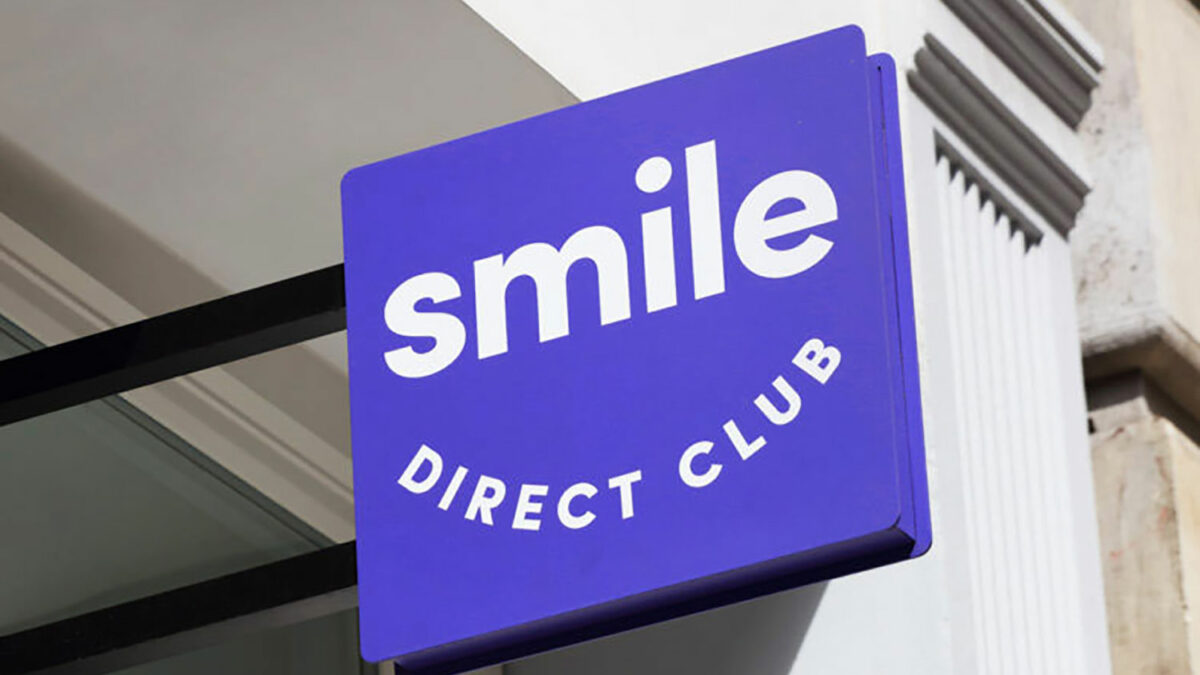Gone are the days when you had to visit a traditional orthodontist for months of metal braces; instead, Smile Direct Club promises to deliver a perfect smile from the comfort of your own home. However, the Smile Direct lawsuit has brought attention to potential issues with this direct-to-consumer model, even as millions of customers continue to sign up for their at-home aligner kits.
But recently, Smile Direct Club has found itself in the middle of a legal storm. Let’s dive into the details of the Smile Direct Club lawsuit, what it means for the company, and why it has been such a hot topic in the world of dental care and consumer rights.
Contents
What is Smile Direct Club?
Smile Direct Club, founded in 2014, changed the orthodontics industry with its unique approach. It removed the need for in-person orthodontist visits. Customers simply take an impression of their teeth at home, send it in, and receive clear aligners.
This process offers a more affordable alternative to traditional braces or office treatments. This “teledentistry” approach quickly attracted millions of customers and raised eyebrows in the dental world.
However, with great success comes scrutiny. While the concept of at-home aligners seemed like a game-changer for many, not everyone was thrilled with the idea of bypassing professional orthodontic care.
The Legal Challenge: What’s the Lawsuit About?
The Smile Direct Club lawsuit primarily revolves around allegations of misleading advertising, unlicensed practice of dentistry, and claims of defective products. The company has been sued on multiple occasions, with several class-action lawsuits filed against them in various states.
Unlicensed Practice of Dentistry
A major criticism of Smile Direct Club is that it enables “unlicensed practice of dentistry.” Critics argue that providing orthodontic treatment without direct supervision from licensed orthodontists crosses into a space meant for dental professionals.
The lawsuit claims that, while licensed dentists oversee treatment plans, they are not involved in every step of the process.
This is concerning to many because, unlike traditional orthodontists who can provide personalized care and closely monitor progress, Smile Direct Club customers may not receive the level of expertise required to address complex dental issues.
Critics claim that this could lead to misdiagnoses, incorrect aligner fits, and even damage to the teeth and gums.
False Advertising
Another major aspect of the lawsuit centers on the accusations of false advertising. Smile Direct Club’s marketing campaigns promise dramatic results, often touting that customers can achieve a perfect smile in as little as six months. They also claim that their treatments are just as effective as traditional orthodontic care, at a fraction of the cost.
However, some customers argue that these claims are misleading. There have been instances where patients have reported issues with their aligners, including poor-fitting trays, discomfort, and slow progress.
Some consumers claim that Smile Direct Club failed to deliver the promised results, leading to a legal challenge over whether the company’s advertising misrepresents the actual effectiveness of the treatment.
Defective Products and Unsafe Practices
Several lawsuits have also emerged over the alleged defective nature of Smile Direct Club’s aligners. Some customers report that their aligners were poorly made. They experienced painful side effects like gum irritation, unexpected teeth shifting, and even tooth damage. Many have sought legal action, claiming that Smile Direct Club’s products are unsafe and defective.
In response to these allegations, Smile Direct Club has insisted that its products undergo rigorous testing and quality control. However, the company’s critics continue to point out the potential dangers of self-administered treatments without professional oversight, which they argue could lead to irreversible damage.
How Has Smile Direct Club Responded?

Smile Direct Club defends its business model, claiming its services are safe, effective, and overseen by licensed professionals. The company emphasizes affordability and accessibility compared to traditional orthodontic care. In response to lawsuits, Smile Direct Club has settled many cases, offering refunds and improved customer support. However, the ongoing legal challenges have raised doubts about the risks of at-home aligners, causing some potential customers to reconsider their options.
The Impact on the Industry
The Smile Direct Club lawsuit has raised concerns about at-home dental treatments and put teledentistry under scrutiny.
Critics argue that Smile Direct Club undermines licensed orthodontists by allowing unlicensed practice with limited oversight. This has led to calls for tighter state regulations and more direct supervision by licensed professionals.
However, supporters believe SDC makes orthodontic care more accessible and affordable. They argue that the company brings dental treatment to the mainstream, helping more people benefit from lower costs despite the controversies and legal battles.
What’s Next for Smile Direct Club?
While the legal battle continues, Smile Direct Club is facing mounting pressure to address customer concerns and improve its services. Most probably the company will persist in fighting for its business model in court and, nevertheless, the company’s image seems to have suffered significantly.
However, Smile Direct Club’s chief competitor is other teledentistry rival companies like Candid, Byte, and Align Technology’s Invisalign.
For consumers, SDC is a good example of how the advantages of at-home aligners are also accompanied by certain disadvantages. For patients who are interested in treatment, some factors here should be taken into consideration and another thing is to make sure that oral health is checked by a professional dentist.
Conclusion
The Smile Direct Club lawsuit is more than a legal battle. It highlights the tension between innovation and regulation in healthcare. Smile Direct Club’s model has changed how people view orthodontic treatment. However, the lawsuits underscore the need for patient safety, informed consent, and professional oversight.
As this case unfolds, its outcome will likely shape the future of teledentistry. It may also set standards for how companies should market their products in this age of convenience.
Whether you’re a potential customer or simply curious about the world of at-home dental care, one thing is clear: the Smile Direct Club lawsuit has made us all take a closer look at the fine print.

